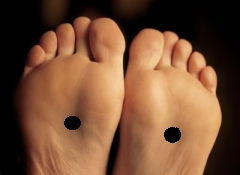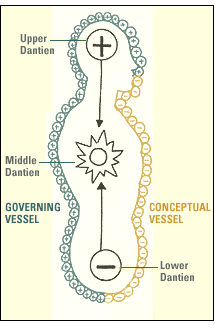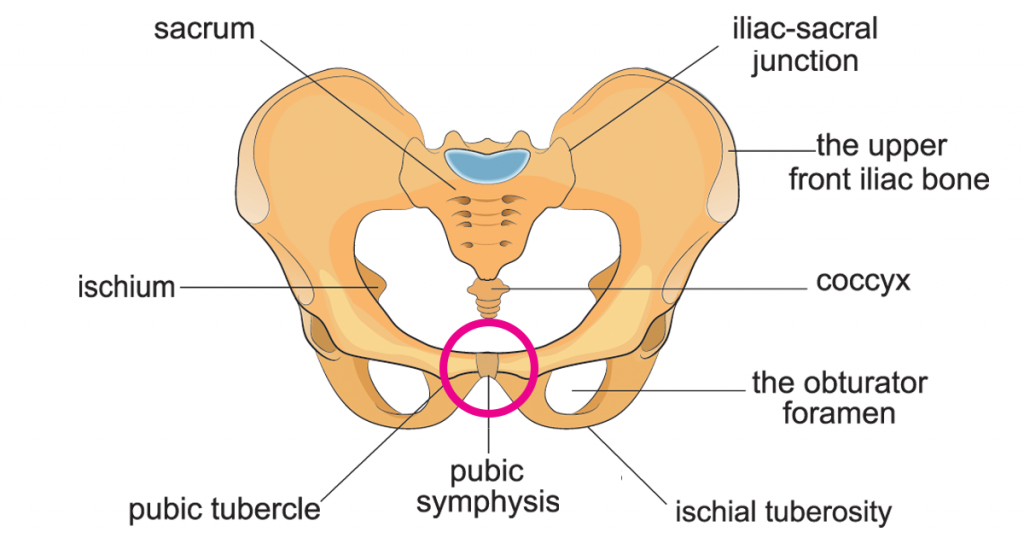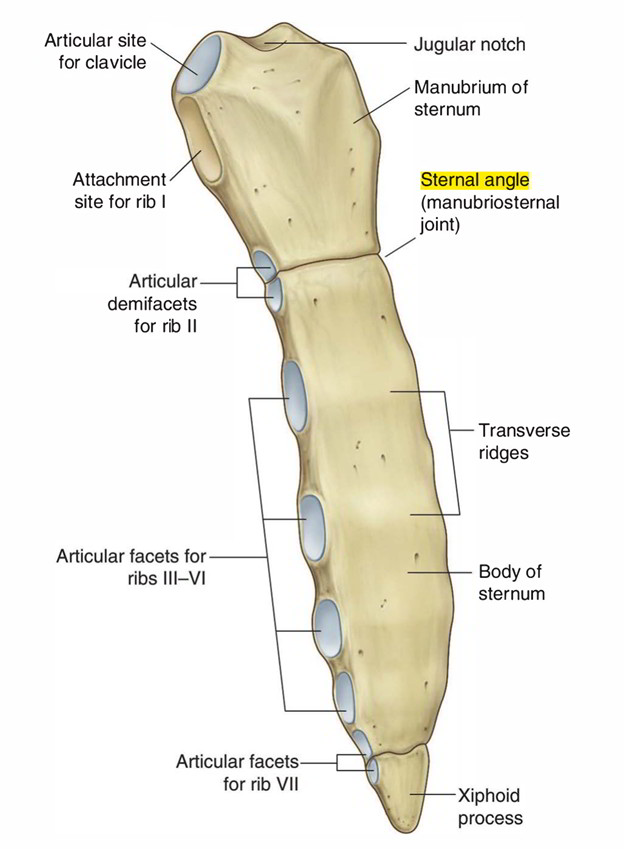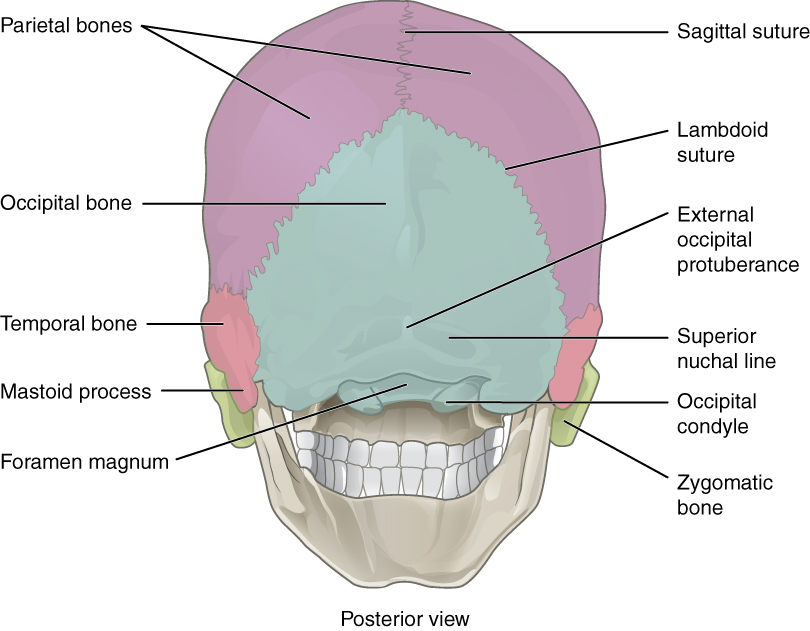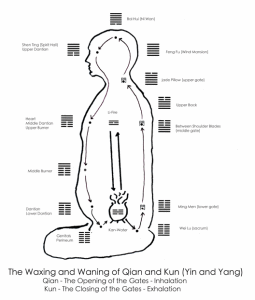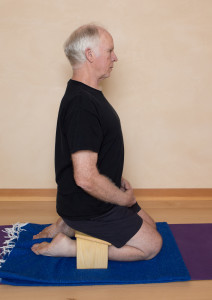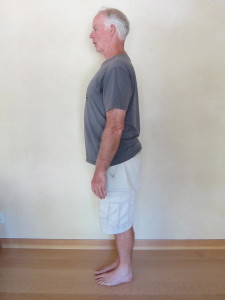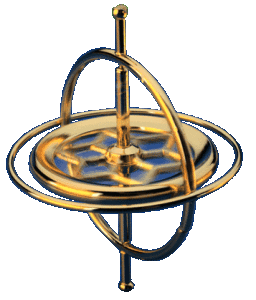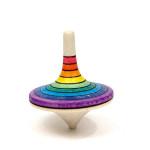I’ve had the title of this post for a while but have been struggling to coherently weave all the pieces together. Then this photo appeared. As the cliche goes, a picture is worth a thousand words. Or ten thousand! Being, Becoming and Belonging. Look at the eyes, ears and nose of the deer and imagine how much of the world she is taking in moment to moment!
A four year old boy was playing in the back yard of a house in Virginia and met a friend. He brought his new buddy to the back door because he wanted to invite her in and share a bowl of cereal. His mother, a bit startled at first, had the presence of mind to capture this moment before explaining to her son that the baby deer’s mother was probably worried and that they should take her back to the forest behind the house.
The boy and baby deer radiate pure being: innocent, open and fully present. They are both becoming more aware of their world, of themselves, growing, expanding, opening to new possibilities that life is offering them. And their shared belonging arises because they know, intuitively, that they come from the same tribe, the same community of all beings, sharing aliveness and a gentle, understated but unconditional love. A fleeting moment captured as a message from Wholeness, teaching adults something we may have forgotten.
We all have, at the core of our being, this innocence and unconditional love for life and all of creation. As this is our True Nature, it can never be taken away, but it easily is buried away under layers of thoughts, beliefs, ideologies and other forms of conditioning. Innocence and openness are quickly replaced by mistrust and fear and we lose our way, both individually and collectively.
One of the great challenges on the path of embodied evolutionary awakening is learning how to refine our discriminating intelligence so we can weed out the pathological ideas and beliefs that obscure and inhibit the ongoing unfolding and integration of Being, Becoming and Belonging. The survival of our planet as a source of life and the nurturing of all life forms, including the humans, requires the continued nurturing of these three modes of Divine existence.
Humans are social animals and the need for belonging is a powerful force in our lives. Tribes and communities feed our emotions and emotions provide the energies that move us through all the dimensions of our lives. Emotions are the fuel of becoming and belonging and we are living in a crisis of belonging. The tremendous restrictions on normal social interactions in response to the the Covid virus has greatly exacerbated this crisis, and the acceleration of technological change will keep amping up the pressure long after Covid is gone. But the symptoms have been in plain sight for many many generations.
Far too many human beings find community in social groups based on ‘being against’ members of other groups. Based on fear and isolation, and easily degenerating into hatred, these social groups are driving the ‘collective becoming’ deeper and deeper into pathology and are a hugely destructive force on the planet. The news media and social media platforms, serving as a collective nervous system, support these groups, and easily become infected with lies and misinformation, spreading the infection far and wide.
How did we get here? And where exactly are we? Collectively, and individually, we are stuck in a case of arrested development. Becoming has lost touch with Being and this sends belonging into dysfunction and pathology. This disconnect is the primary definition of the the Sanskrit word duhkah, usually translated as suffering. Duhkha comes from an old Aryan root ‘kha‘, referring to the axle-wheel connection of a chariot. Sukha, easiness, effortless action, freedom, is a wheel that turns smoothly, being becoming and belonging as a single flow. Duhkha refers to a wheel that is stuck or way off center, giving a jarring disconnected ride.
How can we become ‘unstuck’? How can we alchemically transform duhkah into sukha, the dross of confusion into the gold of awakened being? To transform the collective pathology we must first do the work of investigating and healing our own inner worlds. We need to ‘wake up’ (to our True Nature), ‘grow up’ emotionally, and ‘clean up’ the ingrained traumas and the mess we have made of the environment. To truly move forward we also must make our spiritual practice the most important thing in our lives. As they say in Texas Hold’em poker, we have to ‘go all in’ on spiritual awakening.
An embodied spiritual practice a powerful entry into waking up and growing up. It allows a deepening of insight into how we literally resist the flow of life by creating boundaries, barriers and strategies of control, leading to and perpetuating the toxic emotions of irrational fear and anxiety. By sustaining attention on our inner world of sensations we can actually feel the contractions manifesting at all levels of the tissues, from muscles to fascia to nerves and cells. We feel the resistance to our breath and blood flow, to the peristaltic rhythms of the digestive system and the tension in our sense organs. These barriers, boundaries and resistance can be seen in the collective field as well, manifesting in the behaviors we see in society on a daily basis.
How do we work with these insights? The deepest level of meditation, what Adyashanti calls True Meditation (see below) involves resting as Primordial Awareness and allowing what arises in the mind field to just be. If our attention is held in an open space of love and compassion, the innate cellular intelligence, without the intruding assistance of the ego, will help the knots of resistance find pathways of healthy release. But this is not a beginning level practice because when the conditioning is strong and deeply embedded, letting it just be just often allows the ego-conditioning to hijack our attention. Attention provides more energy, strengthening the conditioning. Where attention goes, energy flows.
By cultivating discriminating intelligence, (viveka in Sanskrit), we learn to differentiate between the deep stillness of Presence, (Purusha in the Yoga Sutras) where all healing takes place, and the transient movements of thought and qi (Prakriti). We discriminate Pure Awareness from the vehicles though which Pure Awareness functions. This leads to a shift in self identity from the transience of the egoic activity to Atman, True Nature, Wholeness, the Tao. When we can learn to align attention to Being, Becoming can find healing. Then our sense of Belonging comes directly from Being, including all, without borders and boundaries.
How do we discover and cultivate discriminating intelligence, As eloquently stated in a modern quip, ‘The mind is a dangerous place. One should not venture in there alone. Dante had the Roman poet Virgil and his angel Beatrice as guides. But with a good map and the support of millennia of spiritual guidance, we can also jump in confidently.
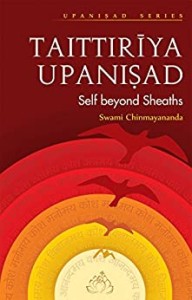 Vedanta/Yoga, Buddhism and Taoism provide us with many refined maps of the inner environment, giving us reference points feel where Being or Spirit is becoming manifest in forms. The Taittiriya Upanishad, one of the source books for the key principles of Vedanta, describes five koshas, interwoven layers or sheaths of embodiment that can either obscure True Nature/ Atman or reveal it. These dimensions of existence can either obscure the light of Being, creating suffering; or they can allow us to live a life of freedom, purpose and celebration. These five nested layers are also linked by a parallel model into three bodies or shariras, which follow very closely the three treasures of Taoism, jing, qi and shen and somewhat similarly to three bodies of the Buddha, the dharmakaya, the sambogyakaya and the nirmanakaya.
Vedanta/Yoga, Buddhism and Taoism provide us with many refined maps of the inner environment, giving us reference points feel where Being or Spirit is becoming manifest in forms. The Taittiriya Upanishad, one of the source books for the key principles of Vedanta, describes five koshas, interwoven layers or sheaths of embodiment that can either obscure True Nature/ Atman or reveal it. These dimensions of existence can either obscure the light of Being, creating suffering; or they can allow us to live a life of freedom, purpose and celebration. These five nested layers are also linked by a parallel model into three bodies or shariras, which follow very closely the three treasures of Taoism, jing, qi and shen and somewhat similarly to three bodies of the Buddha, the dharmakaya, the sambogyakaya and the nirmanakaya.
What follows is a guide for when you get stuck or lost your meditation practice or your daily life. As an exercise, allow your attention to find and feel the felt sense of these increasingly denser layers of existence. They are usually presented from gross to subtle, from ignorance to awakening, but we are going to start from True Nature and move from most subtle to most tangible. These layers or bodies are vehicles of the Divine that are continually emerging from Ultimate Mystery and sustaining themselves moment to moment. But they need attention and nurturing to bring them more fully into becoming and belonging.
Ultimate Mystery, The Tao, Brahman in Vendanta, the dharmakaya in Buddhism; Inconceiveable, unmanifest: beyond being and non being; beyond light and dark; the infinite source of all that comes into being. Atman, True Nature, Spirit. “Before Abraham was, I am.”
The first emergence of spirit into form, the most subtle layer, is the anandamaya kosha, the body of bliss or great joy. This is also known as the karana sharira or causal body, the sambhoga kaya and is related to the Taoist ‘Shen’ or spirit, the light emanating from the candle. Spirit’s presence in matter, in its purest state is unconditional love, joy and deep compassion, as this week’s viral photo, as anandamaya kosha as you can get, demonstrates. Far more open in children, this effortless being can manifest in an infinite number of ways, from simple open presence to ecstatic trance and everything in between.
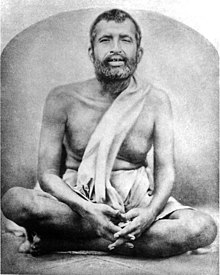
Speaking of ecstatic trance, in my early days of my spiritual awakening I was blessed to live on the same block in Boston as the Ramakrishna Vedanta Society. In 1971 I began my studies with Swami Sarvagatananda on the Bhagavad Gita, and the Gospel of Sri Ramakrishna (I still have my copy!) and was introduced to the possibilities of the world of mystic ecstasy though devotional or bhakti yoga.
(Gadadhar was Sri Ramakrishna’s given name.) ” At the age of six or seven Gadadhar had his first experience of spiritual ecstasy. One day in June or July, when he was walking along a narrow path between paddy-fields, eating puffed rice that he carried in a basket. he looked up at the sky and saw a beautiful, dark thundercloud. As it spread, rapidly enveloping the whole sky, a flight of snow white cranes passed in front of it. The beauty of the contrast overwhelmed the boy. He fell to the ground, unconscious, and the puffed rice went in all directions. Some villagers found him and carried him home in their arms. Galadhar later said that in that state he had experienced an indescribable joy”. In his later years, Ramakrishna explored many other religions though his vast open heart, demonstrating that they all lead to the same awakening.
May we all blessed to discover and re-inhabit such innocence, openness and freedom. For this Divine Love to fully operate in the world, it needs Divine intelligence and thus the next layer emerges. The rest of the koshas to come comprise the nirmanakaya, the body of Buddhas incarnation.
This next three koshas, comprise the suksha sharira, or subtle/energy body, the flame of 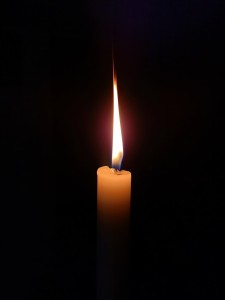 the candle. The first is the vijnanamaya kosha, the sheath of intelligence and wisdom, also known as the buddhi. The Buddha was the one whose buddhi had fully awakened. Here the foundation is openness or presence and is the source of insight and cosmic vision, integrating infinite wisdom with the infinite compassion of the anandamaya kosha .
the candle. The first is the vijnanamaya kosha, the sheath of intelligence and wisdom, also known as the buddhi. The Buddha was the one whose buddhi had fully awakened. Here the foundation is openness or presence and is the source of insight and cosmic vision, integrating infinite wisdom with the infinite compassion of the anandamaya kosha .
The Sanskrit word Mahat refers to the Intelligence of the Whole or the Universal Mind, and the vijnanmaya kosha is the link that opens to Mahat, allowing inherent wisdom of the Universe to manifest in the individual, so they may realize wholeness while still immersed in the ever-changing flow of an individual life. An awakened and integrated vijnanamaya kosha guides all of our daily decisions and actions from a place of wisdom and compassion and meditation practice strengthens this.
A living being wanting to survive and thrive in a complex world has a lot of information to process. This is handled by the manomaya kosha, the center layer of both the three subtle body koshas and the five koshas of the whole model. This sheath of mental activity or manas is highly complex vehicle of consciousness with its own inner levels to handle its differing functions and it is here that problems can arise.
Its first and primary function is to receive and organize information coming through the five outer sense organs and the inner senses of proprioception, kinesthesia and relational mirroring. Each sense has its information stream that can be cultivated through sustained attention. A musician trains their ears, a body worker their sense of touch, a chef their sense of taste and smell, and so on. We all use these to one degree or another and in meditation we are looking to open all the sensory portals so we may more fully take in the richness of the world. Dan Siegel’s ‘Wheel of Awareness meditation explore these information streams in a profound way. The sense organs and sensory perception are highly important in mediation and daily life is the information streaming is always in the present moment.
The manomaya kosha also records, stores and releases memories, activates imagination, and interprets our experiences by giving them meaning. These mental activities are also available for noticing in meditation, and in time, throughout our daily activities as well. Through learned memory, the manomaya kosha unconsciously facilitates habitual actions and in its more unconscious modes, it carries ideas, beliefs, myths and prejudices from our collective past that continue to shape our perception, thinking and behavior. Because of its capacities to operate unconsciously, this level of the manomaya kosha is where we all get stuck, affecting our perceptions, beliefs and behaviors.
Where I keep getting tripped up is in the habits I have encoded in meaning making process of mind. In my own personal practice, as I discover, or uncover places of resistance and holding, my first immediate reaction is fear. At the meaning making level, the unconscious interprets resistance as scary and dangerous and immediately triggers three possible actions: push it back into the unconscious and hope it goes away; run away from it through some form of distraction; or begin to wrestle it to regain control. Some of these patterns are part of a freeze response to some form of danger, real or imagined, but all in all, these are dysfunctional emotional patterns.
When my actions and perceptions become stuck in the manomaya kosha, a fear-contraction/fear-avoidance emotional feedback loop becomes established that is cut off from the level of intelligence, allowing no new information can get through. My noticing this, of course, is coming from the vijnanamaya kosha and the beginning of the healing, because it is no longer unconscious. This is still very challenging because the unconscious conditioning still has karmic emotional momentum
Too make it even more ‘interesting’, my self identity has also become entangled in the meaning making response. It is not just that my body/mind believes there is danger where none is present, but that it is my fault and that is because there is something inherently wrong with me. Shame and or spiritual terror are some of the wonderful gifts of my Irish Catholic DNA patterning. (There are also many good ones, such as my ease in connecting to the mystical world.) From the anandamaya kosha I can find compassion and from the vijnanamaya kosha some cosmic insight and context (so that is where that shit is coming from!), so I can patiently sit with the process and healing continues.
Now some stored traumas can carry a huge energetic charge of repressed energy and the guidance of a trained trauma facilitator may be necessary to help guide the nervous system through the resolution of these trapped energy loops. Working with my friend Caryn McHose over the years in Peter Levine’s Somatic Experiencing has been very helpful in safely navigating the stored traumas triggered in my psyche over the last few years. I am very grateful to have had her support and guidance. Now the pockets and places of resistance are minor and I can see them and the habituated reactions more clearly. They are still annoying and sometimes scary, but even those are conditioned reactions I can laugh with, some of the time.
The manomaya kosha is intinmately linked to the next kosha (and the densest level of the energy body), the pranamaya kosha, the sheath of prana. The pranamaya kosha has its own levels, from the subtle cellular activity all the way to the energies that move us through space. Here we find the most tangible manifestations of our emotions, our autonomic nervous system. The ‘stress response’ and the ‘relaxation response’ are easy to track, as we feel ‘wound up’, hot under the collar, or uptight’ under stress and chill, cool and calm when relaxed. We can feel quiet or depressed, aroused or agitated; too much energy (rajas), not enough energy (tamas), or ‘just right’ (sattva).
The breathing is the entry point into the pranamaya kosha and in the beginning, we allow the breath to keep letting go, to keep expanding and softening, noticing how various postures can facilitate this. When we link the vijnanamaya kosha to the manomaya kosha and pranamaya kosha, the three sheaths begin to operate as a single dynamic intelligence. Integration continues the healing as the light of the anandamaya kosha shines through all the layers. The pranamaya kosha can be explored in a more advanced way through pranayama practice, but it is important to note that ultimately we are looking to drop all efforts to control the flow of the life force, which is why pranayama is approached with caution.
The final sheath is the anamaya kosha, the sheath composed of food. This body of weight and mass, solid and measurable, is also known as the sthula sharira or gross body and corresponds to the wax of the candle. Gravity awakens this sheath through our felt sense of weight and lightness. In people who are ‘living in their heads’, this sheath is unconscious and the body is approached from thought. “Can you feel that?” ” I think so!”
As the anandamaya kosha awakens, bringing light into the density of matter, the whole Universe becomes our body. We realize Being as the source, becoming as the evolutionary journey of the Cosmos, belonging to life and all of creation, and Ultimate Mystery, The Tao. We feel the aliveness flowing through our body/minds moment to moment, from the micro-phase quantum levels emerging as quarks and electrons, to the macro-phase powers of gravity as Mother Earth dances with the sun, moon, stars and other galaxies. We come to know that Universe action is the source of all of our actions, all manifestations of creation, all emerging from an infinite unknowable spaciousness. The ultimate source of our body/mind is unbounded spaciousness. Ultimate Belonging is communion with all of existence, our Cosmic family.
Being: I am; Presence; The infinite Now; fundamental existence: ‘is-ness’. Before I am becomes ‘I am this’ or ‘I am that’, there is just ‘I am’, Unchanging, Unlimited, Aware and Awake. Resting in Stillness, resting as Stillness, resting as True Nature.
Becoming: Growth and decay; evolution; learning, changing; continuously transforming; transience, flow. Body changing, mind changing, citta vrttis, weather and politics and more.
Belonging: inter-being; sharing, relating, linking, joining, supporting, nurturing, communing.
“I refuse to join any club that would have me as a member.” Grouch Marx
Adyashanti on True Meditation
True meditation has no direction or goal. It is pure wordless surrender, pure silent prayer. All methods aiming at achieving a certain state of mind are limited, impermanent, and conditioned. Fascination with states leads only to bondage and dependency. True meditation is abidance as primordial awareness.
True meditation appears in consciousness spontaneously when awareness is not being manipulated or controlled. When you first start to meditate, you notice that attention is often being held captive by focus on some object: on thoughts, bodily sensations, emotions, memories, sounds, etc. This is because the mind is conditioned to focus and contract upon objects. Then the mind compulsively interprets and tries to control what it is aware of (the object) in a mechanical and distorted way. It begins to draw conclusions and make assumptions according to past conditioning.
In true meditation all objects (thoughts, feelings, emotions, memories, etc.) are left to their natural functioning. This means that no effort should be made to focus on, manipulate, control, or suppress any object of awareness. In true meditation the emphasis is on being awareness; not on being aware of objects, but on resting as primordial awareness itself. Primordial awareness is the source in which all objects arise and subside.
As you gently relax into awareness, into listening, the mind’s compulsive contraction around objects will fade. Silence of being will come more clearly into consciousness as a welcoming to rest and abide. An attitude of open receptivity, free of any goal or anticipation, will facilitate the presence of silence and stillness to be revealed as your natural condition.
As you rest into stillness more profoundly, awareness becomes free of the mind’s compulsive control, contractions, and identifications. Awareness naturally returns to its non-state of absolute unmanifest potential, the silent abyss beyond all knowing.
